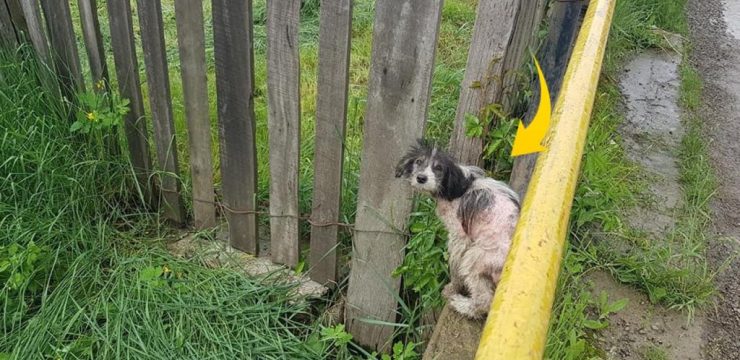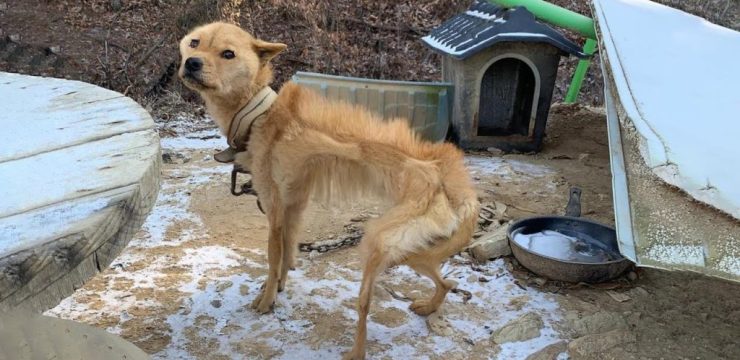What was meant to be a landmark of progress turned into a scene of chaos when a pedestrian skybridge under construction in the heart of the city suddenly collapsed Thursday afternoon. The project, designed to link two major commercial centers and make urban walking safer and more efficient, gave way at around 2:30 p.m., sending tons of steel and concrete plunging onto the street below. In an instant, a bustling intersection became a disaster zone. Witnesses described sheer panic as people ran for cover, cars screeched to a stop, and a dense cloud of dust rolled through the air.

For many, the moment unfolded so quickly that it felt surreal. Sok Vanna, a motorbike taxi driver waiting at a red light, said the sound of the collapse was deafening. “It was like an explosion—sharp and thunderous,” he recalled, still shaken. “I looked up and saw the bridge bend in the middle before everything came crashing down. People were screaming, running everywhere. Some froze, not knowing where to go.”
Across the street, Maria Santos, who owns a small clothing shop, watched helplessly as gray dust engulfed the block. “The ground was trembling. I thought it was an earthquake,” she said. “If it had happened just an hour later, during rush hour, we’d be counting casualties.”
Within minutes, the shrill sound of sirens filled the area. Police cordoned off the intersection while firefighters and paramedics rushed in. Rescue crews with search dogs combed through the debris, checking for anyone trapped beneath. The chaos gradually gave way to grim efficiency as first responders treated the injured and escorted stunned bystanders away from the site. Officials later confirmed that several construction workers were hurt—mostly with minor injuries and shock—but, miraculously, no one was killed. Many of the workers had been on a scheduled break when the structure failed, a small stroke of luck that likely prevented a larger tragedy.
City officials acted swiftly, establishing a crisis command post nearby. UrbanConnect Builders, the company managing the project, issued a brief statement expressing “deep regret” over the incident and pledging full cooperation with authorities. The company emphasized that safety had always been a top priority, but that assurance did little to calm public frustration. “They always say that,” said a passerby, Daniel Chu. “But clearly, something went very wrong. We deserve the truth.”
The Ministry of Infrastructure immediately launched an official investigation, appointing an independent panel of engineers and safety inspectors to analyze the wreckage and determine the cause. Early speculation pointed toward a possible structural failure, but authorities urged patience. “We understand the public’s concern,” city spokesperson Alina Park said at a press conference. “But we must let the experts do their work. Every beam, bolt, and weld will be examined before conclusions are made.”
The collapse has reignited a wider debate about construction safety in the rapidly modernizing city. The skybridge, about 75 percent complete, had been promoted as a symbol of innovation and connectivity—part of a larger plan to transform the downtown area into a pedestrian-friendly hub. Now, that vision stands overshadowed by twisted steel and shattered trust.
Within minutes of the collapse, social media was flooded with photos and videos from eyewitnesses. Many demanded accountability, accusing developers of cutting corners to meet deadlines or save costs. “We’re told these projects represent progress,” one resident wrote online. “But what kind of progress puts people’s lives at risk?”
Experts have since urged a broader review of infrastructure projects across the city. Civil engineer Dr. Michael Tran noted that such disasters rarely stem from a single mistake. “It’s not just about one bridge,” he said. “It’s about how contracts are awarded, how inspections are performed, and whether there’s real oversight. When something collapses, it’s usually because the system itself has weak points.”
For now, the area remains sealed off as investigators, engineers, and construction specialists work through the wreckage. Nearby shops have been forced to close temporarily, and traffic detours have caused heavy congestion in surrounding streets. What was once a lively intersection full of shoppers and commuters now lies eerily quiet, broken only by the hum of cranes and the steady clatter of debris removal.
In a televised statement Thursday evening, the mayor called the collapse a “wake-up call” for the entire city. “We cannot afford complacency when it comes to public safety,” she said. “Every citizen should feel safe walking through our streets. This must never happen again.” The mayor also announced an immediate audit of all major construction sites to ensure compliance with updated safety standards and building regulations.
Emotions remain raw as the city processes what happened. Families of construction workers rushed to hospitals to check on loved ones, while others gathered behind barricades, watching rescue crews work late into the night. Along the sidewalk, candles and flowers began to appear—a quiet tribute to those affected and a symbol of gratitude that the toll wasn’t worse.
In the coming days, questions will mount: Was the design flawed? Were warning signs ignored? Did anyone raise safety concerns before the collapse? UrbanConnect Builders now faces intense scrutiny, along with city inspectors who signed off on the project. The company’s reputation—and the public’s trust—hangs in the balance.
While the technical explanation may take weeks or months to uncover, the emotional fallout is already clear. Residents who once admired the city’s rapid transformation now glance upward with hesitation. A skyline once seen as a promise of progress now feels uncertain. Beneath the physical wreckage lies something deeper—a collective doubt about whether safety and speed can truly coexist.
Still, amid the grief and frustration, hope persists that this tragedy might lead to meaningful change. Engineers and officials are already calling for stronger oversight, clearer accountability, and more transparency in public works. “Steel and concrete can be replaced,” Dr. Tran said. “But rebuilding trust takes much longer.”
As crews continue their cleanup, the city’s determination grows. The fallen skybridge may have shattered a symbol of progress, but it also lit a fire for reform. When the dust finally settles, the challenge will not only be to rebuild a bridge—but to rebuild faith that progress can once again mean safety, responsibility, and integrity.





